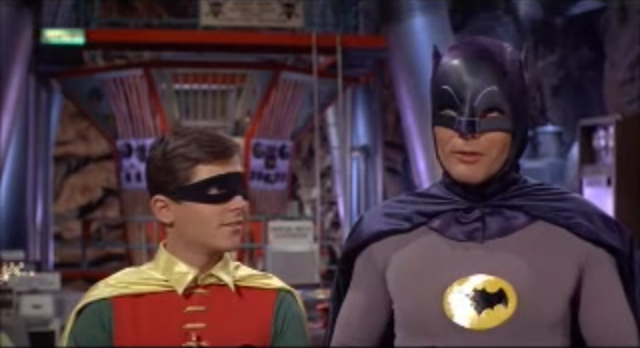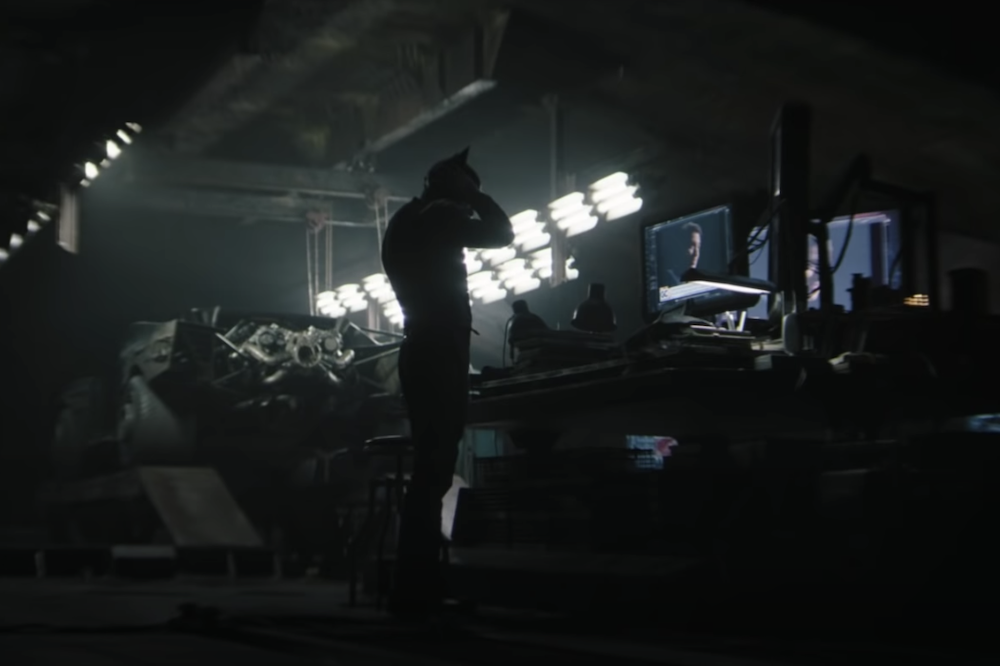Prolific television director Leslie H. Martinson died over the weekend. He was 101 years old. Martinson sat behind the camera on dozens and dozens of shows, many of which are instantly recognizable: The Green Hornet, Wonder Woman, Mission: Impossible, The Bionic Man, The Brady Bunch, The Six Million Dollar Man, Fantasy Island, Gilligan’s Island, CHiPs, and so many more. He was also the director of the greatest Batman movie to ever exist.
That would be Batman: The Movie, by the way–the 1966 Adam West vehicle was slapsticky, bizarre, and ludicrously entertaining throughout. This is because the Batman of old didn’t have realistic kevlar chest plates; he had painted-on eyebrows, and no-pack abs. His journey was less of a travelogue down the dark pathways of the criminal mind, and more of a hallucinatory romp filled with sight gags and dramatic line readings. In turn Batman: The Movie became basically farce, and dependent on the sort of logic that falls apart if you think about it too much. Martinson didn’t obsessively craft the tone or the look of the movie—he was expanding on a comedic formula established by the television show, which had debuted earlier that year. (Holy catchphrase construction, Batman!) But he did keep things consistent, and rope together all the defining elements of the show—camp, color, overly descriptive labels—into a movie whose main character was actually fun to watch.
https://youtube.com/watch?v=whgBnumr3QQ
I worked in a comic book store in high school, which means I’ve had enough variations of this conversation to fill a subreddit, but: The now-pervasive “dark” tone of modern comic book movies–Batman in particular–strikes me as a particular bummer given the medium’s foundation as kid literature. Consider the inherent absurdity of a billionaire playboy who dresses like a bat, and punches killer clowns in the face for a living. Does that always require so much tortured monologues and raspy voices? And yet Bruce Wayne’s alter-ego is consistently treated with the gravitas of a Disturbed song.
It’s odd that the suggestion that kid literature should be treated with the same youthful sense of humor can quickly spark the ire of the Internet’s fussier corners–these are the ones harboring people who spent hundreds of millions of dollars watching Superman Killed a Guy. For me, the playful tone of Martinson’s Batman is far more memorable than a thousand dark and dank interpretations of the Caped Crusader. Instead of a mega-twisted Joker to inspire a bunch of bad Vine impersonations, we got Cesar Romero with his mustache painted over; instead of a whodunit about Gotham’s criminal factions, we got weed logic played to the extreme; instead of a sad-sack Bruce Wayne grimly talking about why he can never pursue love, we watched as he unapologetically got his groove on. It was the ’60s, man. Batman never could’ve been that serious in those era, but Martinson put it in one place and let it thrive.
Yesterday the A.V. Club pointed out a delightful interview with Martinson, wherein the director soberly explained the underlying logic of Batman: The Movie‘s most iconic scene, after Batman discovers a plot to blow up a boardwalk filled with people. The Dark Knight scampers around with a comically oversized bomb, attempting to discard it, running into nuns and ducks and babies before declaring, with exhaustion, that “some days you just can’t get rid of a bomb.” It’s a silly plot conceit, for reasons that don’t need to be explained, but Martinson approached it with thoughtful consideration. What if Batman had to get rid of a bomb, but just couldn’t seem to? Well, it would play out like this.





